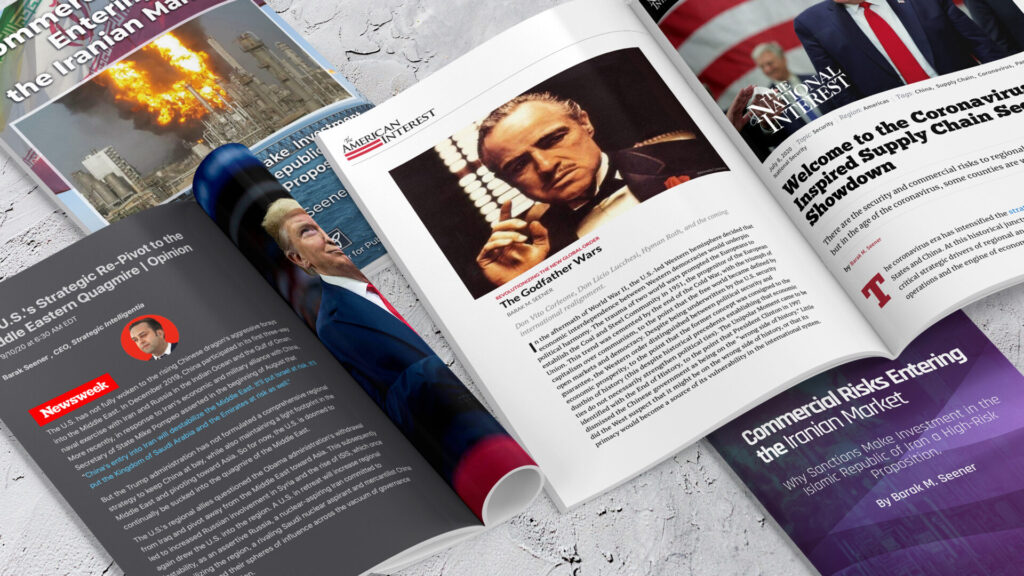As we move our processes and operations to a digital landscape, guidelines, policies and regulations are required. In the same way office etiquette codes are enforced for employees, the online sphere demands the same, too.
While digital technology is forcing a change in our communicational behavior in this COVID-19 era, the novelty of the medium should never be used to excuse old, new and/or fundamentally unacceptable offenses. One of the biggest misconceptions about the internet and/or digital platforms, is that ‘cyber sins’ don’t bear the same weight as IRL infractions. As a result, companies must migrate the in-house structure, codifications and regulatory processes to their equivalent online space from the moment they open those options as possibilities to their employees. Assumptions that employees and colleagues ‘will just know’ how to act, communicate and use these new tools, is setting companies and employees up for failure, mishaps and mitigable issues. As with any sphere in a professional setting, guidelines, responsibility, accountability and consequence need to be established from the fore – creating clear, safe and open forms of communication.
As important as it is for employers to establish these HR policies and etiquette practices, it is equally essential that employees read, understand and acknowledge the associated conventions and disciplinary measures – alleviating potential issues from the get-go and saving both employer and employee the necessity of having an uncomfortable and altogether avoidable conversation. By providing clear ground rules, an open and nurturing environment is cultivated – an essential part of effective internal communications and awareness.
For many companies, establishing these ground rules is an unknown paradigm laced with potential HR liabilities, and who often find it difficult to know how and even where to begin establishing these policies. We often encourage our clients to have an open an honest conversation with their management team and operational employees – and when that proves difficult, we take on that task in their stead through established interview and questionnaire protocols, developed over the decades, to drill down to the root of wants, needs and efficacy of operational internal communications – beneficial to both working teams and the company at large.
Through any internal communications or digital transformational change, it’s important to give employees a chance to voice their opinions before implementation begins – after all, they are the people who do the work and have to operate within these new parameters. Ask the people in your organization what they think – what works for them now and what doesn’t? What do they want to see change? What access do they want more of? Gaining this feedback is invaluable and creates a sense of employee ownership, but once feedback is gained it’s important that companies are equally inclusive in explaining their final outcomes and explain what they’ve taken into consideration and why specific HR policy measures were taken. Employees are people and people fundamentally need to know why – a dose of change is more palatable with an elemental notion of why its happening.
It goes without saying the company’s management has to be on board – both in leading by example through its full and enthusiastic engagement and its equitable enforcement. Without management fully endorsing an internal digital communications strategy, you may as well go back to the drawing board or not even bother starting at all.
Where to star with HR and digital transformation
Below, we’ve pulled together a basic list of etiquette policies and guidelines for digital platform usage. Every company, and the culture within, is different but some fundamental online behaviors should be universally known and abided by:
Punctuality
Being on time is still a golden rule online. Between uploading files or having digital meetings, the online domain comes with its own unique set of time-delay challenges. The adage: early is on time and on time is late rings very true in this instance. Ensuring employees put out fires ahead of time by tapping in earlier will allow for a smooth-running operation.
Emojis
Social media is peppered with emojis. It adds dimension, expression and clarity to content. But when it comes to a digital work environment, there isn’t much way for its informal nature. According to a new study from Amsterdam University, including smiley faces in your digital correspondence leads readers to view you as less competent. To avoid professional exchanges from being misconstrued, leave out the emojis, LOLs and memes. Remember that an online work platform is first and foremost a professional sphere designed to facilitate efficient and effective dialogue. Spamming, what should be a project management space with GIFs, is a sure way to cause problems and irritate teammates. Keep messages short, sweet and to the point. One of the linchpins for effective internal communications in an online setting is never leaving anything up to chance or personal interpretation. Keep everything simple. More words (or indeed emojis) mean more confusion.
Maintain simple decorum
With verbal communication, you can amplify your speech with tone. Unfortunately, tone is much harder to communicate in writing, so ‘please’ and ‘thank you’ go a long way. It might seem like a given, but you would be surprised at how much ‘please’ and ‘thank you’ gets omitted. Acknowledging receipt of an email with a simple yet effective ‘thank you’ is a mark of respect, too.
Private vs. Public
There is a tendency to think that anything that exists on the internet is somehow anonymous and only available to the involving parties. But in recent years poor online conduct has been dealt with judicially. We are not suggesting an intervention of the law when it comes to colleagues using platforms for personal business but some form of policing, where there is consequence to breach codes of conduct, must be enforced. Digital platform tools shouldn’t be used to send messages to co-workers about non-business topics such as weekend plans or personal problems.
Follow Through
You will know from our previous articles in the Internal Communications series, we are not pioneers for unnecessary surveillance – we believe in instilling trust in employees to bring out the best in them. That being said, accountability needs to be a daily practice. Now that we are #WFH, it’s important that employees demonstrate their initiative and follow-through. Alongside laziness, one of the main reasons follow-through is a problem with remote, digital workers is because people are often vague with their commitments or requests in the first place. Asking employees to check in with superior at the top of the day and set out their agenda will not only hold them to their word but also give them a sense of duty with clearly marked tasks. When an employee truly understands what their role is and what is expected of them, this creates clear pathways of communication – cutting out superfluous extras which doesn’t pertain to them in the first place. And when it comes to email threads, the words ‘Let’s look into that,’ – with five or more colleagues – is pretty much a euphemism for ‘it’s not going to be addressed’. Clarity, clear lanes of responsibility, accountability and follow-up is key for every member of the team.
One-Stop Shop
This isn’t just about etiquette, it’s also about productivity. There is nothing worse than scrambling for files here, there and everywhere. Despite operating across several digital platforms, be it Asana, Slack, Trello or Basecamp, all files should be kept under one umbrella platform. One of the biggest grievances we’ve picked up on over the years is the mishandling and mismanagement of file storage. Getting into the habit of uploading files to multiple platforms is a slippery slope to warped communication – especially where client deadlines are concerned. As we have previously mentioned, a frustrated and disgruntled team will be evident to your customers, audience and in your service levels. By having a unified and clean storage space, organized and coded according to client priority, messiness is reduced. Whatever tool you end up selecting, remember to keep it simple – less is more.
As time moves on, a generation of users is coming of age for whom the digital and analogue spheres are not as separate as they might have felt in the first stages of the internet epoch. Embrace disruption: The saying: ‘change is the only constant’ is truer today than ever. Expect change. Digital transformation is a continuous process, as is the rEvolution of your internal communications and the many forms it takes on.
One must be versatile and ever adaptable to ensure your internal communications is always present, effective and strategically constructive
Evoke International.
















